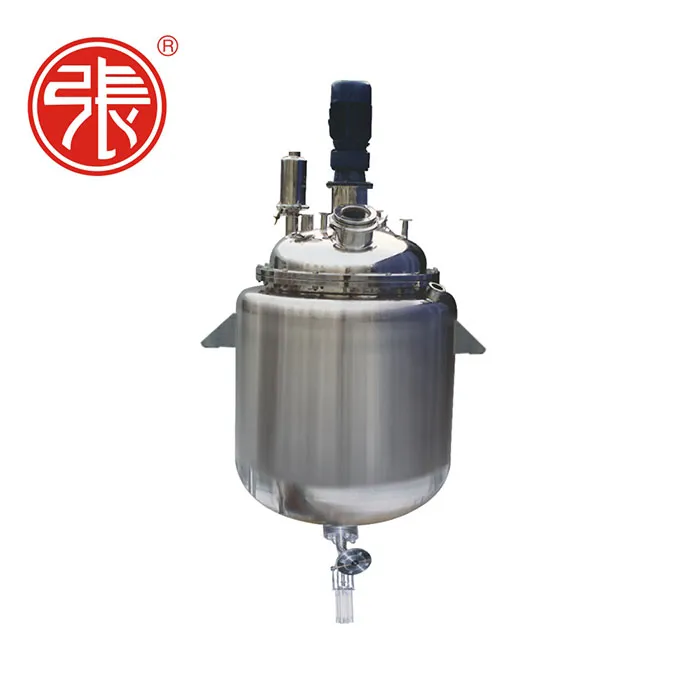Modern crystallizer machines have undergone significant transformations with the integration of automated systems. These systems have revolutionized the crystallization process, enabling manufacturers to produce high-quality crystals with increased efficiency and accuracy. In this article, we will explore the benefits of automated systems in modern crystallizer machines and how they have transformed the industry.
Improved Accuracy and Consistency
Automated systems in crystallizer machines have crystallizer machine improved the accuracy and consistency of the crystallization process. By utilizing advanced sensors and control systems, automated crystallizers can precisely monitor and control temperature, concentration, and other critical parameters. This results in the production of high-quality crystals with consistent size, shape, and purity. Additionally, automated systems can detect and adjust for any deviations in the process, ensuring that the final product meets the required specifications.
Increased Efficiency and Productivity
Automated systems in crystallizer machines have also increased efficiency and productivity in the crystallization process. By automating tasks such as temperature control, agitation, and seeding, manufacturers can reduce manual labor and minimize the risk of human error. This enables them to produce larger quantities of crystals with reduced labor costs and improved product quality. Furthermore, automated systems can operate continuously, allowing for 24/7 production and increased productivity.
Enhanced Safety and Reduced Risk
Automated systems in crystallizer machines have also enhanced safety and reduced risk in the crystallization process. By utilizing advanced sensors and control systems, automated crystallizers can detect and respond to potential hazards, such as over-temperature or over-pressure conditions. This ensures a safe working environment for operators and minimizes the risk of accidents or equipment damage. Additionally, automated systems can reduce the risk of contamination and ensure compliance with regulatory requirements.

Real-Time Monitoring and Data Analysis
Automated systems in crystallizer machines provide real-time monitoring and data analysis capabilities, enabling manufacturers to optimize the crystallization process. By monitoring critical parameters such as temperature, concentration, and crystal size, manufacturers can identify areas for improvement and make data-driven decisions. This enables them to optimize the process, improve product quality, and reduce costs. Additionally, automated systems can provide historical data and trend analysis, enabling manufacturers to identify patterns and make predictive maintenance decisions.
Integration with Other Systems
Automated systems in crystallizer machines can also be integrated with other systems, such as enterprise resource planning (ERP) and manufacturing execution systems (MES). This enables manufacturers to integrate the crystallization process with other business functions, such as inventory management and quality control. By integrating these systems, manufacturers can streamline their operations, improve efficiency, and reduce costs.
Customization and Flexibility
Automated systems in crystallizer machines can also be customized to meet specific manufacturing requirements. By utilizing modular designs and configurable software, manufacturers can tailor the automated system to their specific needs. This enables them to produce a wide range of crystals with varying sizes, shapes, and purities. Additionally, automated systems can be easily upgraded or modified as manufacturing requirements change, ensuring flexibility and adaptability.
Conclusion
In conclusion, automated systems in modern crystallizer machines have revolutionized the crystallization process, enabling manufacturers to produce high-quality crystals with increased efficiency and accuracy. By providing improved accuracy and consistency, increased efficiency and productivity, enhanced safety and reduced risk, real-time monitoring and data analysis, integration with other systems, and customization and flexibility, automated systems have transformed the industry. As the demand for high-quality crystals continues to grow, the adoption of automated systems in crystallizer machines is expected to increase, driving innovation and growth in the industry.
